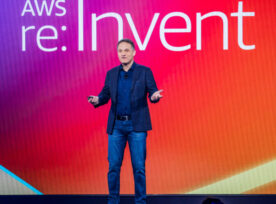For those unfamiliar with Amazon Web Services (AWS), is a subsidiary of Amazon that provides on-demand cloud computing platforms and APIs to individuals and companies, on a metered pay-as-you-go basis. These cloud computing web services provide distributed computing processing capacity and software tools via AWS server farms. This blog will demonstrate how to use the […]
Posts Tagged ‘AWS Redshift’




